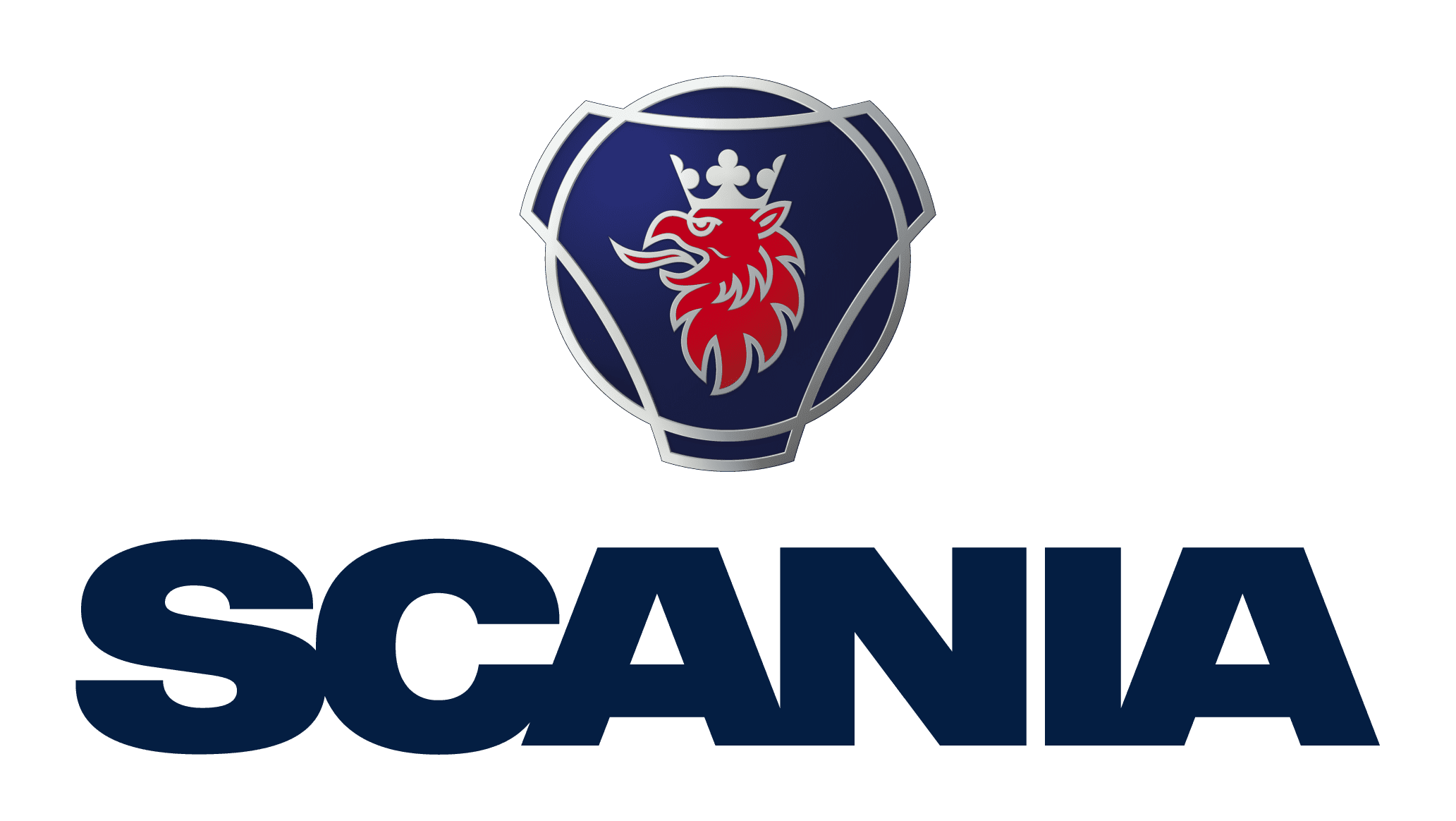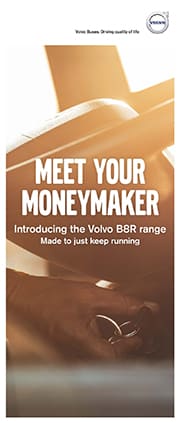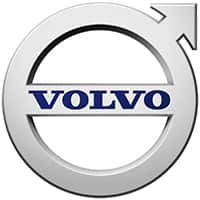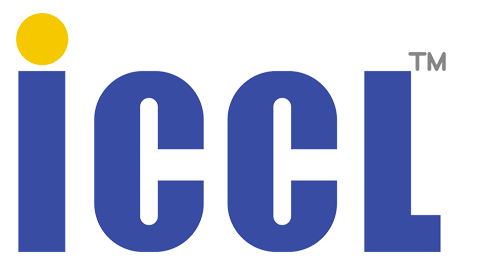Terengganu's Amphicoach Goes Through Multiple Tests to Ensure Safety
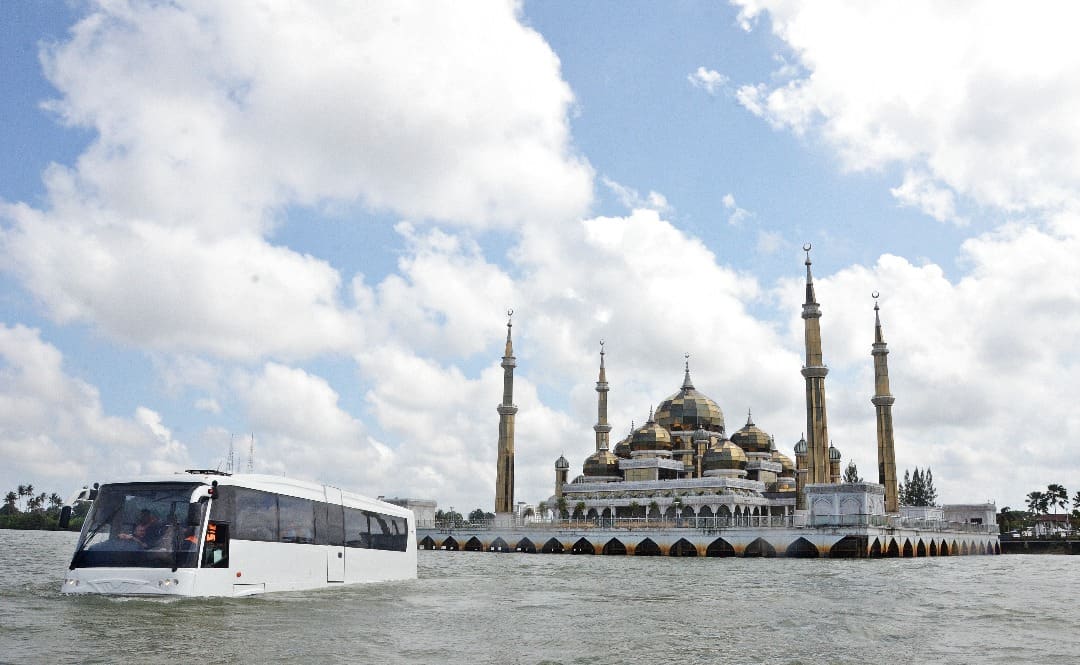 A minor setback during the "amphicoach" test drive by the Terengganu Menteri Besar took a positive turn when it had proven the efficiency of the rescue team.
A minor setback during the "amphicoach" test drive by the Terengganu Menteri Besar took a positive turn when it had proven the efficiency of the rescue team.
Datuk Seri Ahmad Razif Abd Rahman was behind the wheels of the RM3 million amphibious bus and 20 minutes into the drive in the Terengganu River, the water jet propulsion hose came loose and was disconnected, causing the bus to stall.
Besides for tourism purpose, the amphicoach was also intended to be used as a rescue vessel for ferrying victims during monsoon floods therefore, according to Ahmad Razif, he wanted the bus to be tested even in critical conditions therefore when the hose came off, he had asked for it to remain disconnected.
"I asked for the hose not to be reconnected and within 10 minutes of the critical situation, the rescue team managed to get the situation under control," he said. Several boats came to the rescue and it was later hauled up to the shore. The amphicoach was still in its trial period, and more tests are to be conducted to ensure its safety.
“Perhaps, it happened because I have no experience handling the bus, so we have to make sure the bus is manned by an expert,” Bernama quoted him saying after witnessing the signing of the Memorandum of Understanding (MoU) between Epic Berhad, CMC Engineering Sdn Bhd and T7 Global Berhad for cooperation on the East Coast Rail Link (ECRL) project at Wisma Darul Iman in Kuala Terengganu last week.
There were 45 passengers during the test drive and everyone was calm when the incident happened. When they were rounded out and into the rescue boat, the process took only 10 minutes when the emergency door using the wind system could be fully unlocked.
The delivery of the amphicoach by the manufacturer in Malta, who custom-made the coach, was delayed multiple times and had finally made its appearance in front of the Terengganu public in mid-February. The delay was attributed to technical problems, adjustment with specifications in accordance with the agreement, as well as weather, transit and certification issues.
Test drives included passengers from various departments including the Road Transport Department (JPJ), Marine Department, Police and the Fire and Rescue teams, and received wide coverage from local media.
The amphicoach measures over 12 meters in length, accommodates 47 passengers, runs at a speed of 110 kilometres per hour on land and is powered by a 300 horsepower MAN engine with twin marine jets reaching a maximum speed of up to 8 knots in water. It floats and moves like a catamaran, with some even saying that it runs more smoothly than regular boats. There are pros and cons to it, including safety, technology transfer, and as a new form of transportation, it requires a series of tests by many agencies before getting the approval to start operations.
















